7 games that look ancient compared to their sequels
Video game sequels aren't always as meticulously planned as we'd like to think. While many popular series have carefully plotted production times and sequel schedules, sometimes creators get caught off guard by a surprise hit. This can lead to a scramble to make a sequel, leading to tech and narrative headaches. Such projects are more likely to crash and burn, which means some sequels never see light of day. Other survive but can take as long as five, ten, or even twenty years to emerge. That's not the exaggeration it first sounds, as you'll soon discover.
That, however, can create an odd relationship between original and sequel. Even if the original game bears scrutiny on its own terms, the comparison to a more advanced model on a new generation of hardware can make it look... old. Really old. So old, that once you see it, it's hard to forget. Here are some classic games that are vastly dated by their sequels, with big love for the spherical heads and triangle hairdos that made us fall in love with Final Fantasy…
American McGee's Alice - Alice: Madness Returns
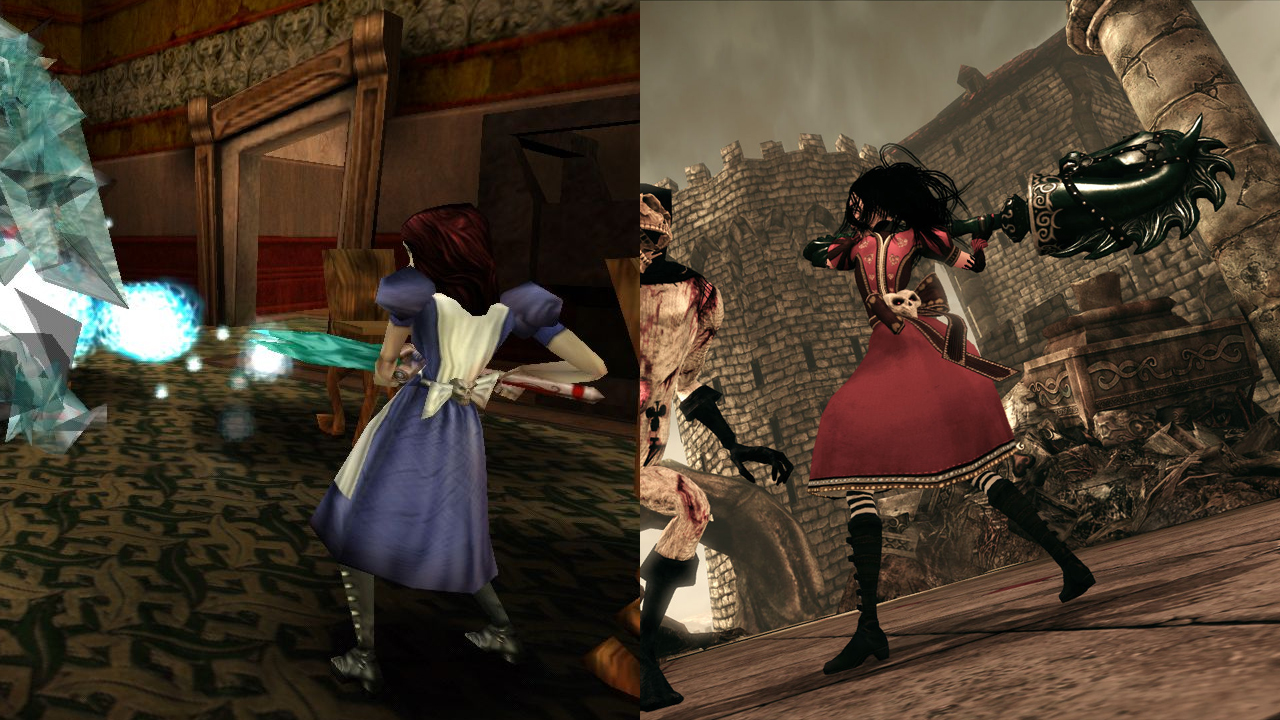
Back in the early 2000s, when Tony Hawk's Pro Skater was still a thing and a semi-geometrical Joanna Dark was the new hotness, EA released an odd little title called American McGee's Alice. A darker take on the story of Alice in Wonderland, it became a surprise hit due to its simple but engaging story, interesting locales, and an arsenal of wickedly deadly toys. A sequel went into production immediately, but was ultimately shelved due to development issues.
It was only after a decade had passed that Alice: Madness Returns hit shelves with a digital copy of the first game included and uh, wow. Not only did the original Alice suffer from the trappings of its time (those pixels, man), but Madness Returns' smooth platforming and hack-and-slash fights makes it apparent how janky the first Alice's jump mechanics are, and how you can't actually feel when she's stabbing someone. The original still received slightly higher acclaim across the board, but the comparison is enough to crack any rose-colored glasses.
Half-Life - Half-Life 2
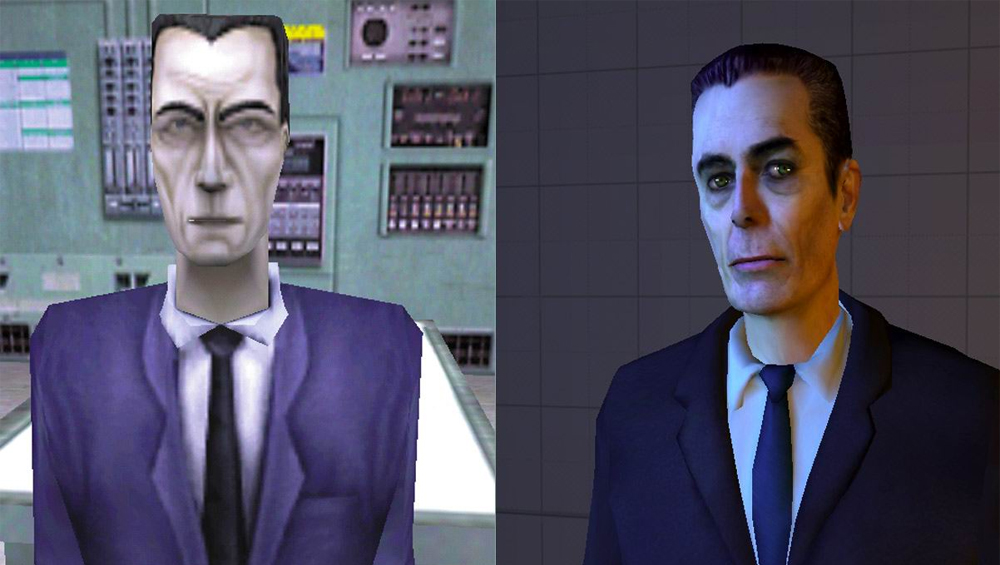
Credit where credit is due, Half-Life is a damn good game. Back in 1998 when it first hit PC, it was like a crowbar to the face for the shooter genre. Taking the basic mechanics birthed by Wolfenstein and adding in both generous plot and an unsettling, claustrophobic environment that was easy to get immersed in, Half-Life was a huge step forward for games. Plus, it's still fun to play!
But still, going back to Half-Life 1 after playing Half-Life 2 does make those polygonal edges stand out. With ten years of extra technology on its side, Half-Life 2 sports bigger and more detailed environments, and damned if it still doesn't look pretty as we approach its ten year anniversary. Half-Life 1 is showing its age by comparison, to the point that I honestly wonder if I ever saw a facial expression while playing it. Both are still great, but let's be real: you're not going to mistake which one is older.
Deus Ex: Invisible War - Deus Ex: Human Revolution

Oh Invisible War, the awkward middle child of the Deus Ex series. While it got an ‘alright’ reception from critics and fans, that's the best that can be said about it, and "not completely terrible" isn't the most glowing endorsement. But it's not only regarded as inferior to its predecessor--when Deus Ex: Human Revolution showed up eight years later, it blew Invisible War out of the water, and shows how poorly it aged.
Weekly digests, tales from the communities you love, and more
In addition to a host of predictable graphical issues (seriously, who stands like this?), Invisible War also suffers from super-small levels due to console restrictions, giving the whole thing a cramped feel. Human Revolution makes those issues stand out even more by virtue of its presence, where environments are distinctly larger and less cube-like, and people actually move their faces. Even the best games of the early 00s would be hard-pressed to not look old compared to Human Revolution, but its mediocre older cousin? Not a chance.
Metal Gear 2: Solid Snake and Snake's Revenge - Metal Gear Solid
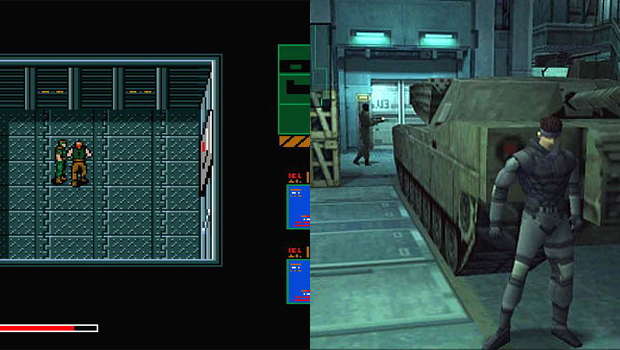
Holy Shadow Moses, it's in 3D! That's a dramatic representation of the fan reaction when the shiny new Metal Gear Solid was released in 1998, with top-of-the-line graphics and more dimensions than your eyeballs were ready for! By comparison, its predecessor, Snake's Revenge, looks pretty much--wait no, that's not right. Metal Gear Solid was a sequel to Metal Gear 2: Solid Snake, it's just that no one in the west got to play it and… you know what? Screw it. Metal Gear Solid makes them BOTH look old. Boom!
Bizarrely developed at the same time during the same year and released to different markets, Metal Gear 2 and Snake's Revenge are pretty similar when you get down to brass tacks. Both are 2D overhead stealth games where Snake sneaks around doin' his thing, they both lean heavily on Metal Gear's visual style and gameplay. When Metal Gear Solid kicked in the door, it was eight years more advanced and looked it, putting both Metal Gear 2 and Snake's Revenge squarely in retro-camp.
Final Fantasy 7 - Final Fantasy 8
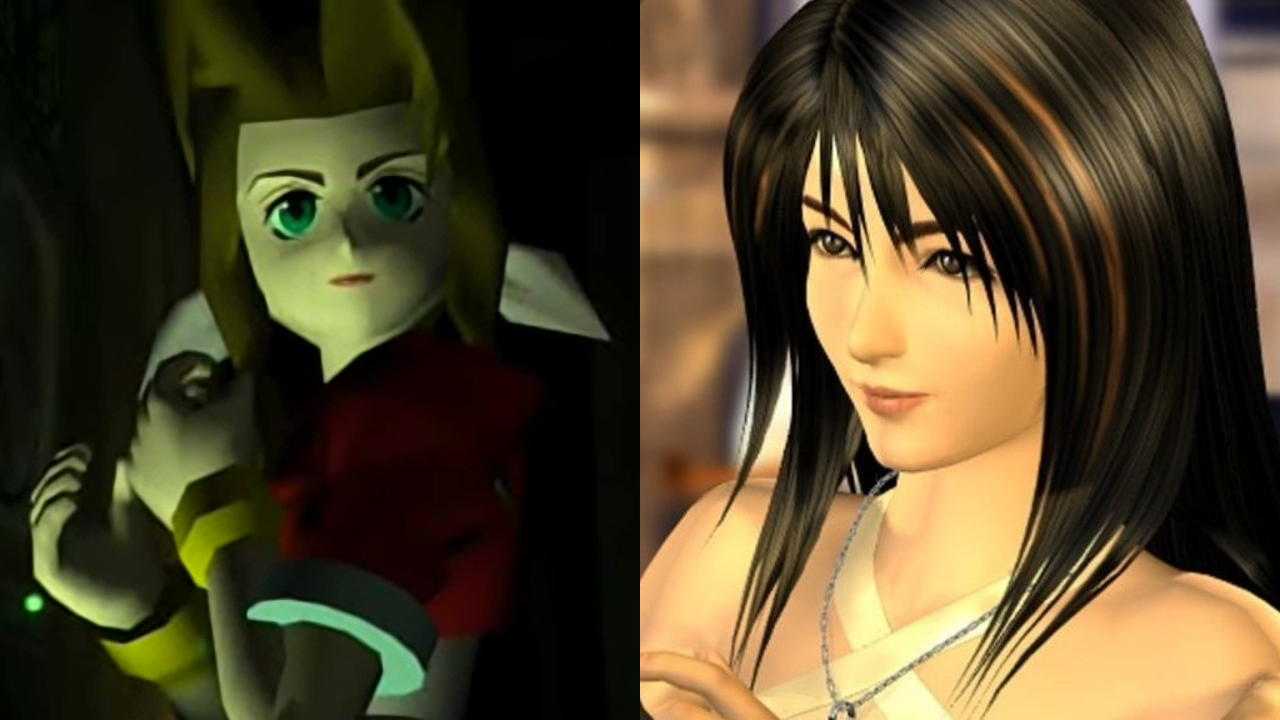
So I'll put this out there right now: Final Fantasy 7 was a literal game-changer. It not only created a foothold for RPGs in the west, increasing their popularity substantially, but it helped start the trend toward enhanced graphics and visual storytelling that is pervasive today. As vicious and brutal as the debate over its quality has been, it’s hard to argue that it isn't an important game. No, I mean it. Seriously!
That said--oh god please don't hurt me--Final Fantasy 8 improved on 7 in one obvious category: cinematics. In the two years between releases, Square went from rendering cartoonish and blocky models (and hair that could stab your eye out) to characters that are dramatically more realistic. Each game in the series has been a visual improvement on the last, but none have been quite so dramatic as the change between 7 and 8. Now if you'll excuse me, I'm going to hide under my desk for a while.
Spec Ops: Airborne Commando - Spec Ops: The Line
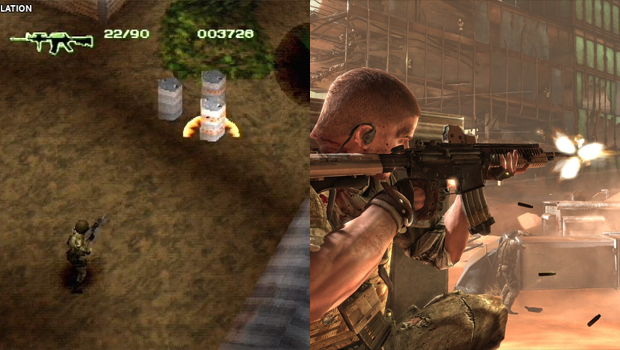
War is hell. Unless you're playing Spec Ops: Airborne Commando, in which case its kind of meh. An isometric budget shooter from 2002, Airborne Commando isn't much to write home about--so no one wrote anything about it. (No seriously, go look. Google's got nothin.) It was expected that the Spec Ops would peter off after that, especially when its first PS2 release was canceled and no one heard about the series again for ten years. Then Spec Ops: The Line reared its ugly head and things got crazy.
Fully embracing big budget shooter graphics and war-based combat, at first it looked like The Line was going to go full Call of Duty rip-off. Then it whipped you around and punched you in the face with a completely unexpected critique of current war games, acting as a modern-day Heart of Darkness to shake up the genre. Top of the line graphics and a thoughtful storyline? Between those, The Line makes Airborne look like something out of the Pong Age.
Kid Icarus: Of Myths and Monsters - Kid Icarus: Uprising
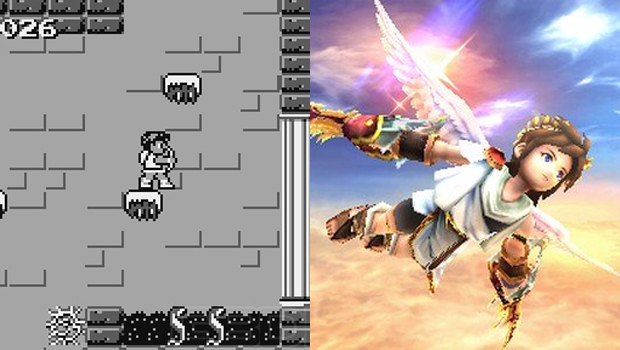
For those who don't grasp how much time passed between the release of Kid Icarus: Of Myths and Monsters and Kid Icarus: Uprising, trust me, the "Sorry to keep you waiting!" joke in the reveal trailer was warranted. Originally hitting the Gameboy (yeah, no, the first one) in 1991, Myths and Monsters is about what you'd expect from a handheld of the time: simple puzzle-solving and platforming with just a smidge of plot. Then the series vanished for twenty years until Nintendo pulled an Orpheus and dragged it out of game purgatory. But Uprising isn't the same Icarus. Not even close.
Separated from Uprising by a four full generations of handhelds, there isn't a single piece of Monsters and Myths that doesn't look ancient when you compare the two. 2D to 3D, black and white to full color, simple side-scroller to story-based and voice-acted action adventure. The difference is so huge that unless someone told you straight up (or you read the box, I guess), you would have no idea they're related. Uprising's less like a sequel to Monsters and Myths and more like its tech-savvy grandkid. Yes grandpa Icarus, we know, black and white is good too.
Sequels these days!
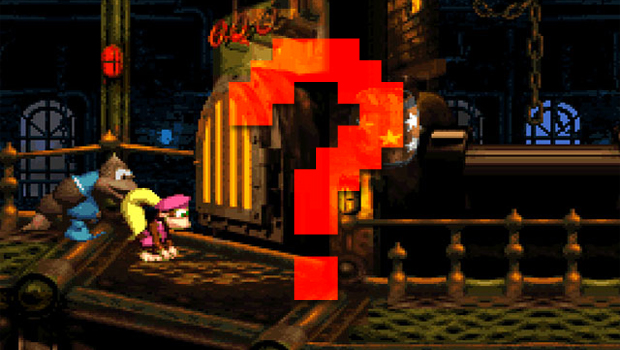
As fun as these games may be and as thick as our nostalgia glasses are, it's hard to deny how dated they look by their follow-ups. But hey, whatever--your favorite has aged like fine wine, and that's what matters. Did we miss any original-antiquating follow-ups? Disagree with any of our calls? Want to angrily show you didn't read the part where I said "old" doesn't mean "bad"? Tell us in the comments below.
Want more oldies-but-goodies? Check out our list of Classic games that haven't aged a day.
Former Associate Editor at GamesRadar, Ashley is now Lead Writer at Respawn working on Apex Legends. She's a lover of FPS titles, horror games, and stealth games. If you can see her, you're already dead.



